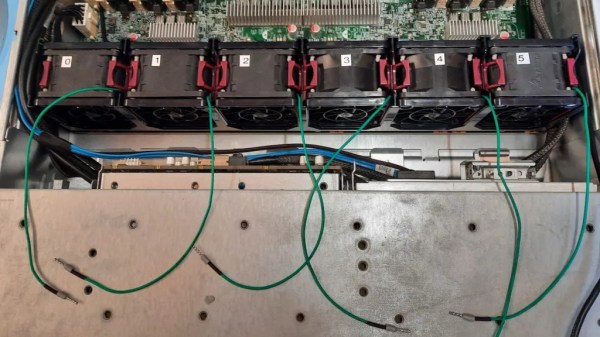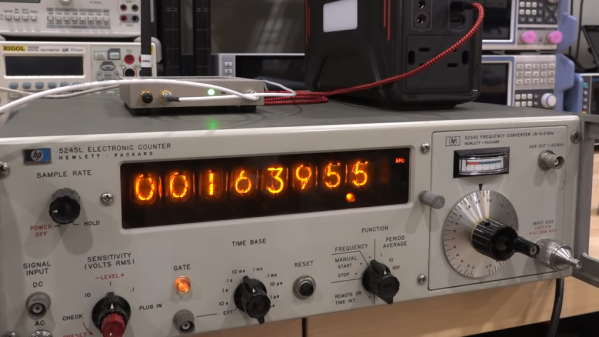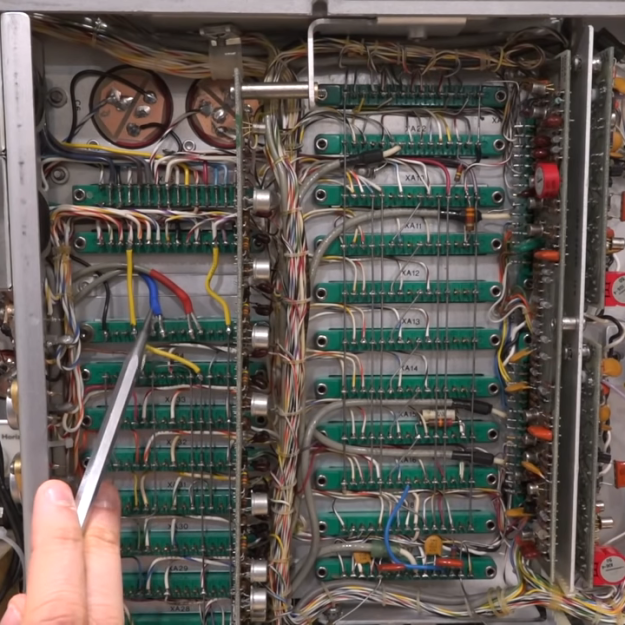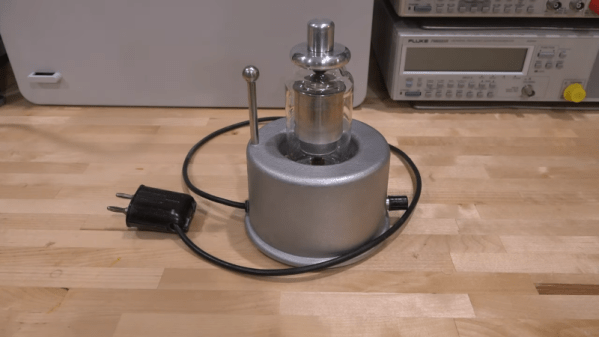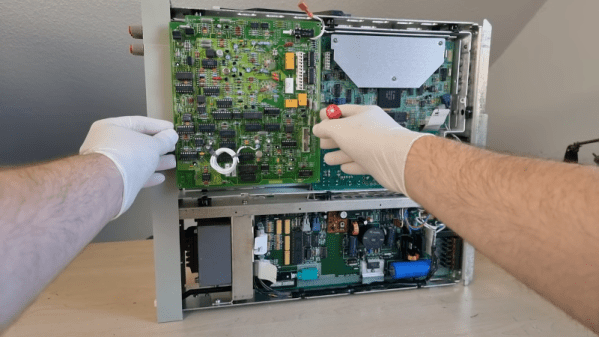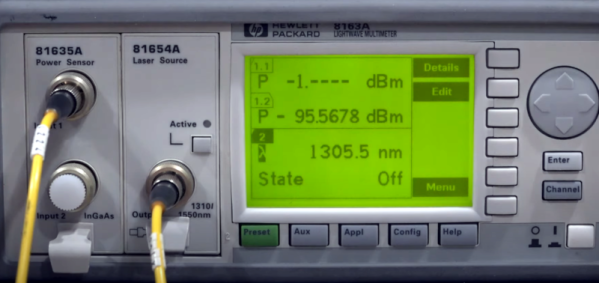Remember that time back in 2021 when a huge container ship blocked the Suez Canal and disrupted world shipping for a week? Well, something a little like that is playing out again, this time in the Chesapeake Bay outside of the Port of Baltimore, where the MV Ever Forward ran aground over a week ago as it was headed out to sea. Luckily, the mammoth container ship isn’t in quite as narrow a space as her canal-occluding sister ship Ever Given was last year, so traffic isn’t nearly as impacted. But the recovery operation is causing a stir, and refloating a ship that was drawing 13 meters when it strayed from the shipping channel into a muddy-bottomed area that’s only about 6 meters deep is going to be quite a feat of marine engineering. Merchant Marine YouTuber Chief MAKOi has a good rundown of what’s going on, and what will be required to get the ship moving again.
With the pace of deep-space exploration increasing dramatically of late, and with a full slate of missions planned for the future, it was good news to hear that NASA added another antenna to its Deep Space Network. The huge dish antenna, dubbed DSS-53, is the fourteenth dish in the DSN network, which spans three sites: Goldstone in California; outside of Canberra in Australia; and in Madrid, where the new dish was installed. The 34-meter dish will add 8% more capacity to the network; that may not sound like much, but with the DSN currently supporting 40 missions and with close to that number of missions planned, every little bit counts. We find the DSN fascinating, enough so that we did an article on the system a few years ago. We also love the insider’s scoop on DSN operations that @Richard Stephenson, one of the Canberra operators, provides.
Does anybody know what’s up with Benchy? We got a tip the other day that the trusty benchmarking tugboat model has gone missing from several sites. It sure looks like Sketchfab and Thingiverse have deleted their Benchy files, while other sites still seem to allow access. We poked around a bit but couldn’t get a clear picture of what’s going on, if anything. If anyone has information, let us know in the comments. We sure hope this isn’t some kind of intellectual property thing, where you’re going to have to cough up money to print a Benchy.
Speaking of IP protections, if you’ve ever wondered how far a company will go to enforce its position, look no further than Andrew Zonenberg’s “teardown” of an anti-counterfeiting label that Hewlett Packard uses on their ink cartridges. There’s a dizzying array of technologies embedded inside what appears to be a simple label. In addition to the standard stuff, like the little cuts that make it difficult to peel a tag off one item and place it on another — commonly used to thwart “price swapping” retail thefts — there’s an almost holographic area of the label. Zooming in with a microscope, the color-shifting image appears to be made from tiny hexagonal cells that almost look like the pixels in an e-ink display. Zooming in even further, the pixels offer an even bigger (smaller) surprise. Take a look, and marvel at the effort involved in making sure you pay top dollar for printer ink.
And finally, we got a tip a couple of weeks ago on a video about jerry cans. If that sounds boring, stop reading right now — this one won’t reach you. But if you’re even marginally interested in engineering design and military history, make sure you watch this video. What is now known to the US military as “Can, Gasoline, Military 5-Gallon (S/S by MIL-C-53109)” and colloquially known as the NATO jerry can, started life as the Wehrmacht-Einheitskanister, a 20-liter jug whose design addresses a long list of specifications, from the amount of liquid it could contain to how the cans would be carried. The original could serve as a master class in good design, and some of the jugs that were built in the 1940s are still in service and actively sought by collectors of militaria. Cheap knockoffs are out there, of course, but after watching this video, we’ve developed a taste for jerry cans that only the original will sate.


